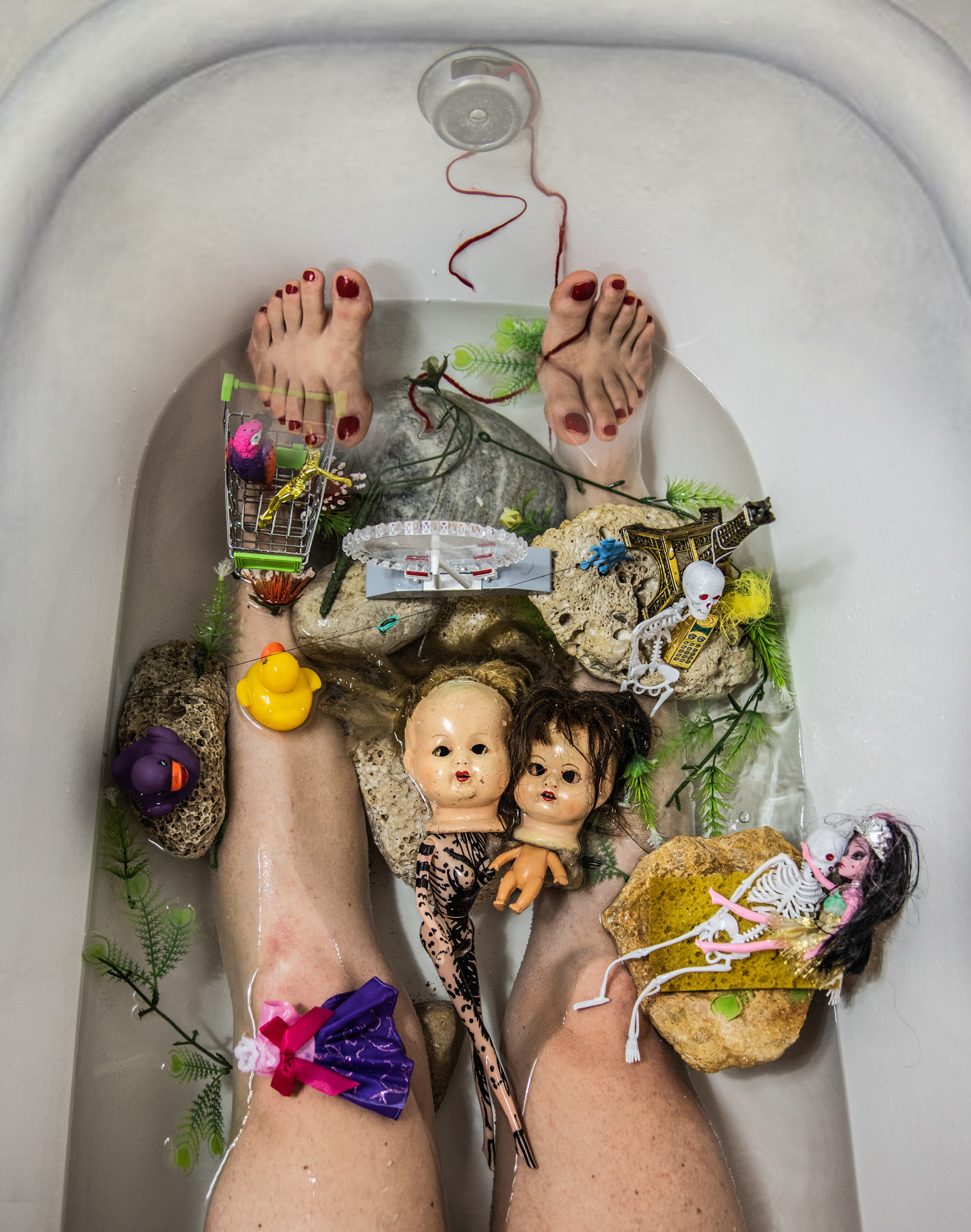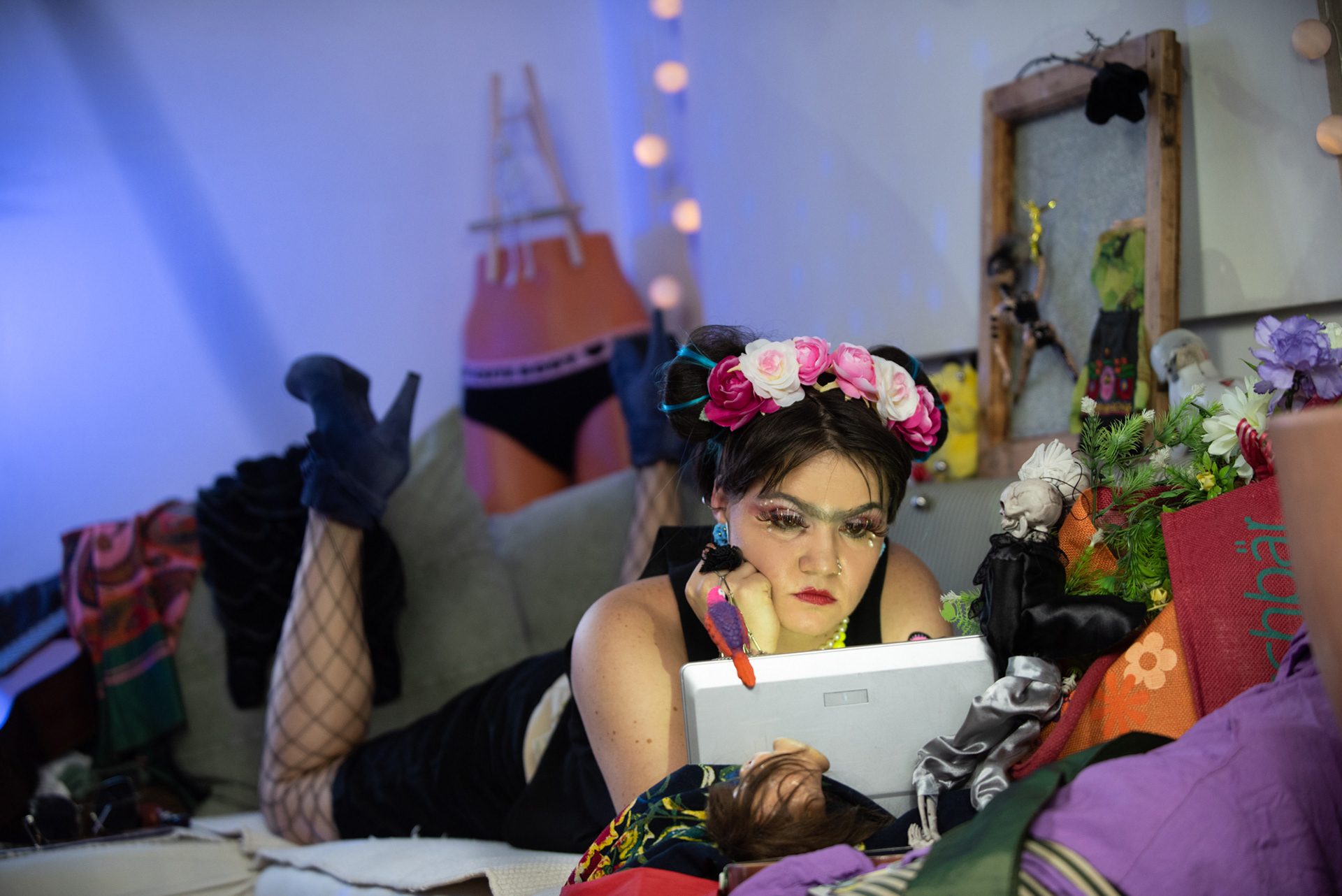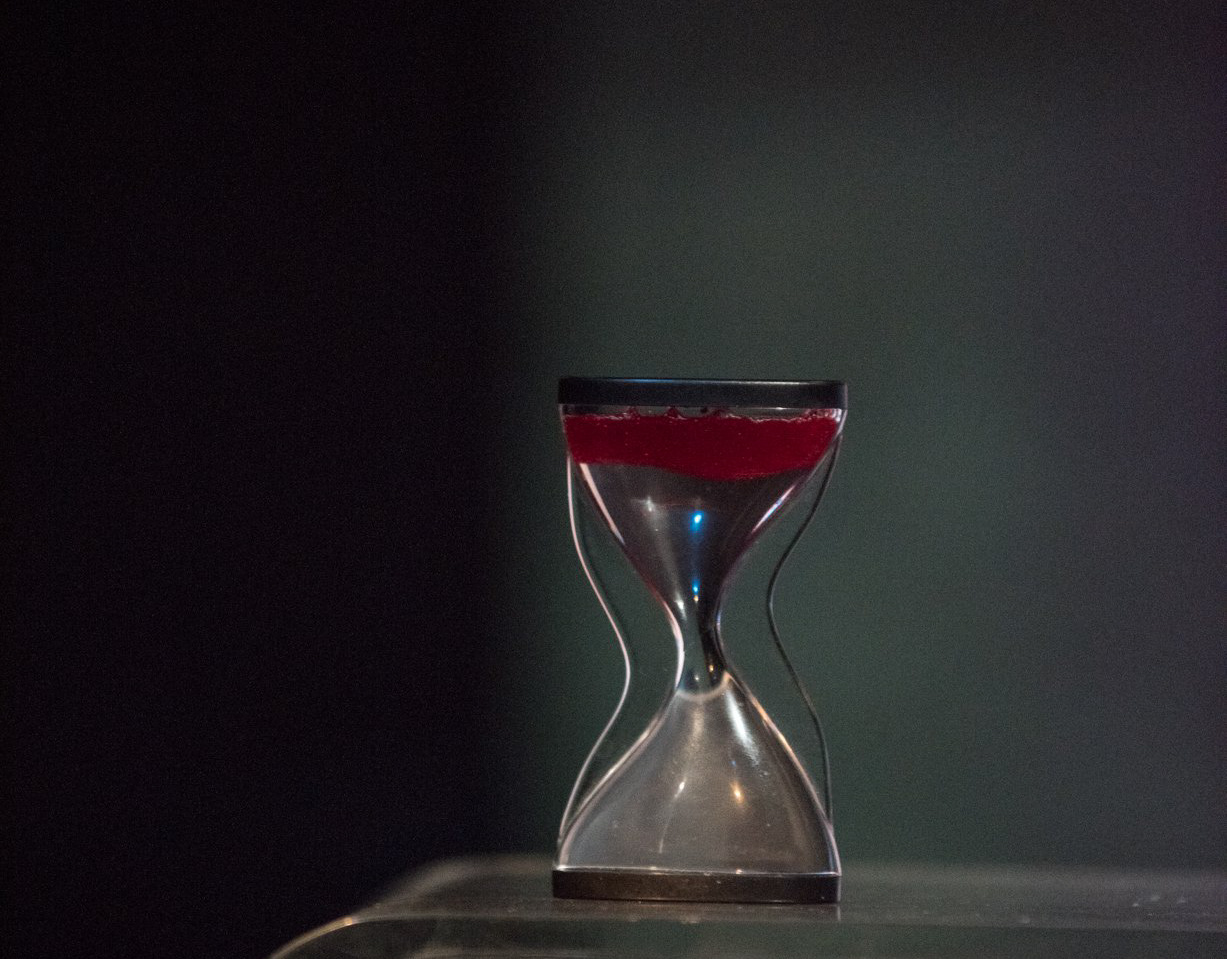“Pain, pleasure and death are no more than a process for existence. The revolutionary struggle in this process is a doorway open to intelligence.”
We tried to catch her feminine and masculine sides. For femininity using the sun and colours, for masculinity using the moon and monochrome.
“Nothing is absolute. Everything changes, everything moves, everything revolves, everything flies and goes away.”












Self-Portrait with Thorn Necklace and Hummingbird 1940
(picture nr1)
Although this painting has a small size (about 16x24), it draws lots of interest, since it contains so many aspects which are symbolic to Frida Kahlo. In this portrait, Frida Kahlo faces the viewer with a background of large green leaves and a yellow leaf right behind her. The thorns are around her neck like a necklace . Her neck is bleeding from the piercing thorns. A hummingbird is in the background. Her expression is calm and solemn. It also seems she is patiently enduring the pain.
(picture nr2)
In 1944, the artist’s health deteriorated seriously because of the pain which was forced to share. Due to her damaged spine she had to wear a steel corset for five months. It became a real torture, Frida was deprived of the opportunity to move around normally, to work and even breathe. But even in this state, she found the strength to paint.
"Have the courage to live, because anyone can die.”
"Ten Coraje de vivir, porque cualquiera puede morir."
"What Water Gave Me" 1938
(picture nr3)
The painting is also sometimes called What I Saw in the Water.
It suggests self-analysis begins in the womb and is fed by life's memories.
"I had something in my throat. It felt like I had swallowed the whole world.”



What if Frida Kahlo would live in our days? Who she would be?
Would she be our friends?
















